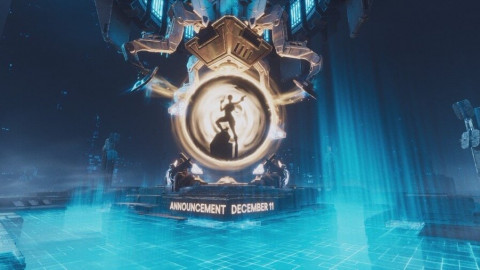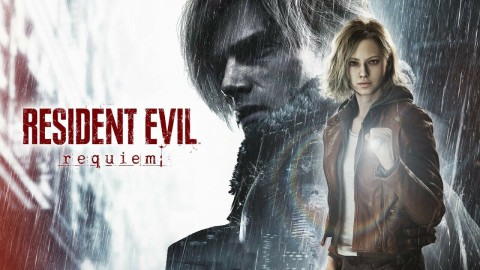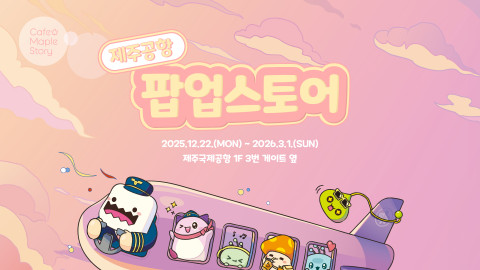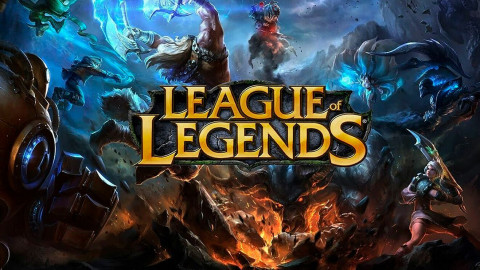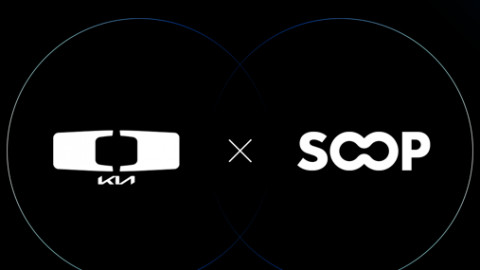The most important thing to every politician during campaign season is getting as many votes as possible. Generally speaking, voters who have already made up their minds will cast their ballots for the candidate or the party of their choice no matter the rhetoric. Thus, the ones that often make the difference in close races are the undecided voters.
To capture the swing votes, candidates use a number of tactics. There’s, of course, the policy approach such as platform announcements or televised debates, but the general public is more readily susceptible to a party’s slogan or a unique campaign strategy. The current US president Donald Trump ran with the intuitive, direct slogan, “Make America great again”, whereas the former president Barack Obama is also remembered for his iconic “Change. Yes we can” slogan.

▲ Trump's straightforward slogan resonated with many voters.
(Source: official facebook page)
Such is the case with the upcoming 2017 Korean presidential election. After the impeachment of president Geun-hye Park, this election is drawing much attention as presidential hopefuls use various means and strategies in their campaign. In the past, many politicians targeted middle-age voters and seniors who have high turnout rates. In this election, however, political campaigns are tailored toward rallying votes from young people, who historically don’t have as high a turnout. One example would be the vast number of campaign jingles that borrow from K-pop girl groups, a departure from trot songs aimed toward older voters.
More importantly, one of the defining features of this election is the addition of gaming in the political ad campaigns. It’s worth noting that this runs contrary to many candidates’ stance on education, since gaming is often seen as a detriment to education.
One of the most active uses of gaming in a political campaign comes from Democratic presidential nominee Jae-in Moon. Perhaps it’s no surprise, since former chairman of Korea e-Sports Assication Byeong-heon Jeon is in Moon’s party. The Democratic Party also draws from various subcultures other than gaming, incorporating them into their campaigns to entice young voters.

(Source: official Youtube channel)
Coinciding with the 1.18 patch, the Democratic Party created a map for the original StarCraft, which was recently released as a remastered edition. It’s hard to argue that the quality of the map design is top-notch, but it did well enough to garner attention from nostalgic gamers. The Democratic Party featured its members playing on the map to further touch the hearts of people who grew up with the game.
Presidential nominee Sang-jung Sim from the Justice Party also used gaming in her campaign. Sim appealed to the younger generation by making a parody video of highlights from Overwatch.
Regarding the change of pace in presidential campaigns, the general consensus seems to be positive overall, with many comments such as: “It feels fresh to break away from boring speeches”, “Does this mean we’ll see official video games from each party in the future?”, and “Maybe politicians will take campaigning to VR.” Granted, most of these attempts at incorporating gaming into political campaigns are rudimentary at best, but it’s a telling sign that the political sphere is beginning to accept gaming as a mainstream medium on par with TV and pop songs.
Video games are an eclectic medium which consolidates many senses from visual to sensory experiences. Only time will tell how much more impact gaming will have in the future.

(Source: Mr. President Rump)
Sort by:
Comments :0



